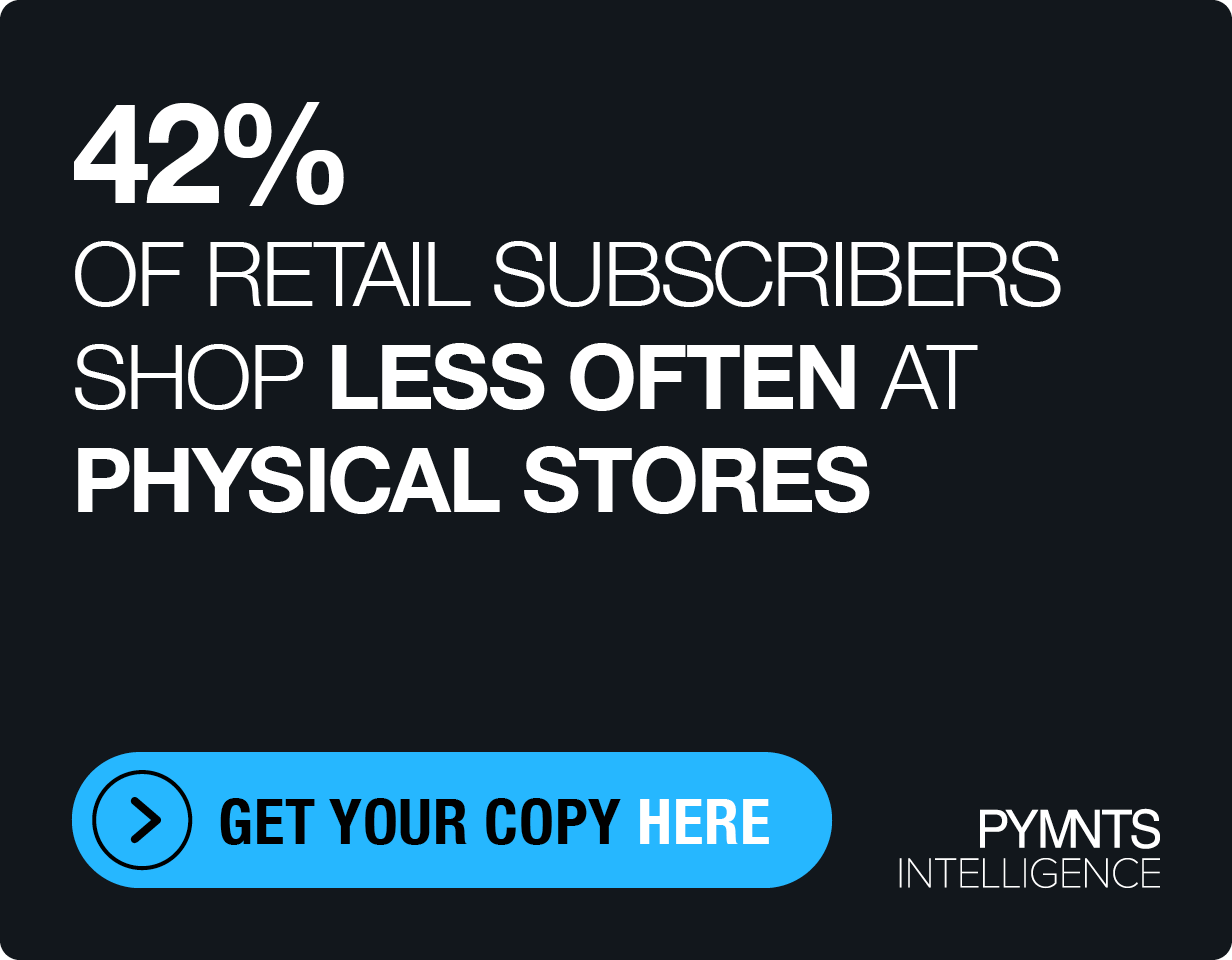Avoiding The Data Bottlenecks Of Source-To-Pay

Data aggregation and entry is, for many organizations, a necessary evil throughout the enterprise. In accounts payable (AP), the ability to capture invoice data and ingest it seamlessly is an essential first step to supplier payments, and yet it is all-too-often the biggest source of friction in the source-to-pay process.
That’s not only true for AP departments themselves but for the service providers that support them. Organizations have looked to remedy this pain point by outsourcing their data entry and processing needs, but as Noel Flynn, co-founder and CEO of ancora Software, recently told PYMNTS, offshoring the data burden is no longer as easy as it once was.
The result is a growing number of backlogs in AP departments that have widespread ramifications for B2B payment flows throughout the supply chain. Flynn dug into some of the biggest pain points businesses are facing as they bring these data workflows back into their own back offices and explored the opportunity for B2B FinTech industry collaboration to keep commercial payments flowing — even when there’s paper involved.
Bringing Data Entry Back On Shore
Offshoring data entry operations can be a quick fix for organizations struggling with high volumes of documents. In the source-to-pay workflow, outsourcing the data burden can be a valuable strategy to ensuring supplier and invoice information lands where it needs to go in order to approve and initiate payments.
But in today’s market, this tactic is less viable than in years past.
“There’s now a growing concern about this, because of the security of the data, and the reliability of the infrastructure and these facilities — especially in light of what’s been happening during the pandemic in some of these places,” said Flynn. “These organizations have completely shut down because staff can’t get to work, and it’s left their customers with a piling backlog of work to be processed.”
There is a massive “ripple effect” to these bottlenecks: in the source-to-pay arena, this sudden on-shoring of data management can mean major slowdowns in invoice processing and B2B payments.
In a recent effort to remedy this pain point, ancora Software struck a collaboration with source-to-pay solution provider excelerateds2p, with ancora integrating its document and data management technology within excelerateds2p’s invoice process automation tool Intelligent Invoice Express.
The Bottleneck Pitfalls
Organizations that fail to deploy an adequate data management strategy can find themselves in an array of pitfalls that bog down procurement and accounts payable workflows.
Flynn highlighted several, including the deployment of systems that are unable to extract and classify documents, adhere to supplier business rules, promote tax compliance, provide visibility into the status of purchase orders, provide insight into the lifecycle of an invoice, facilitate two- and three-way matching, support reporting and analytics, and, finally, offer line-level validation before transactions are posted into the enterprise resource planning (ERP) system.
Clearly, there is plenty of opportunity for source-to-pay workflows and B2B payment processes to go awry. And with so many businesses continuing to rely on legacy solutions, the chance for data mishaps only grows.
Historically, data capture technology designed for accounts payable has been cost-prohibitive and template-driven, Flynn said, explaining that vendors have required businesses to program an invoice template into their systems every time a supplier sends a bill in a new format. Through machine learning, this process can be automated and far more cost-effective — an important capability considering how much paper remains in the B2B payment workflow today.
“There are millions of businesses all around the world using paper,” said Flynn. “It’s not going to go away anytime soon.’
In an ideal world, invoices sent by suppliers would all be standardized for their customers’ accounts payable systems. But the source-to-pay arena is still far from ridding itself of paper, let alone standardizing invoicing data. Embracing technology that can work with the data as it exists remains essential to keeping B2B payments flowing.
